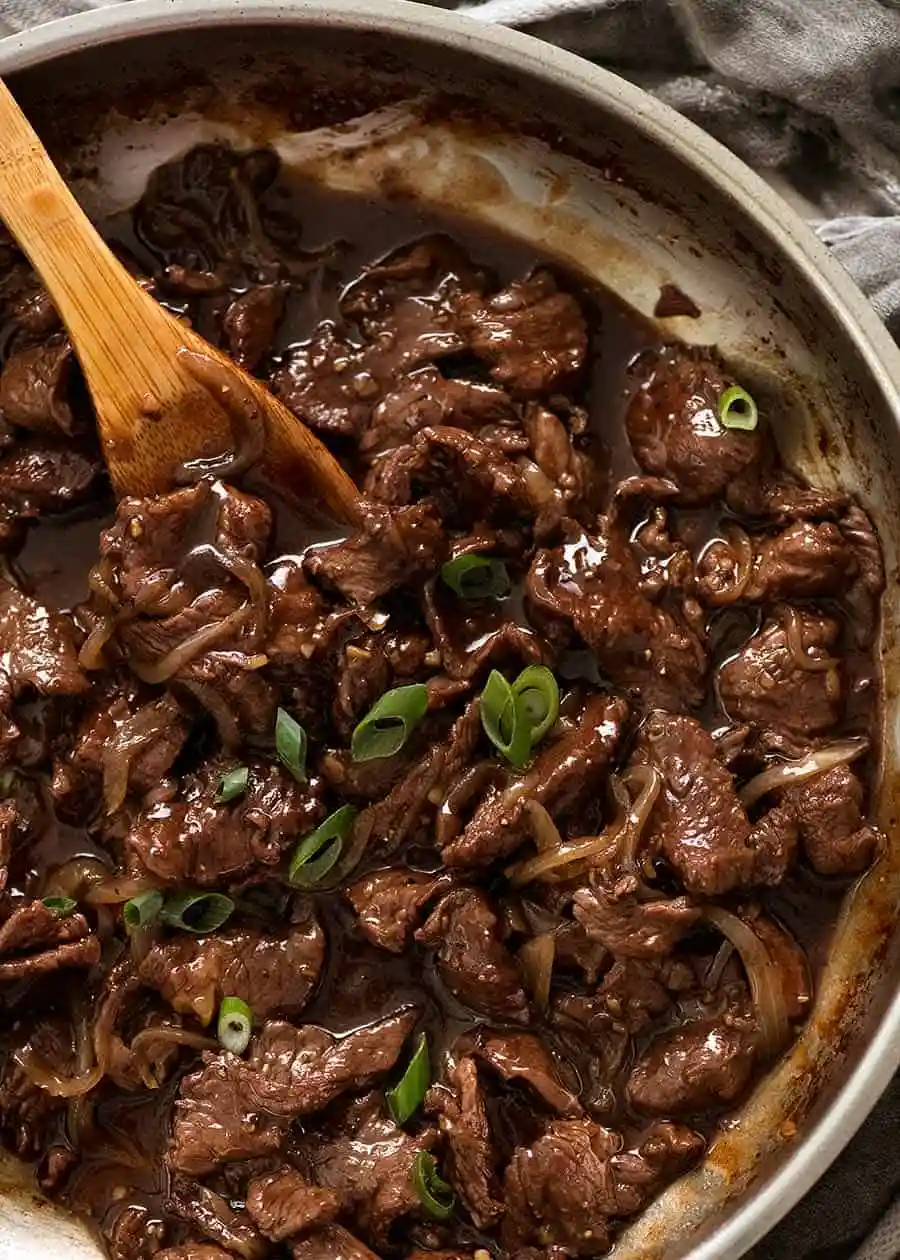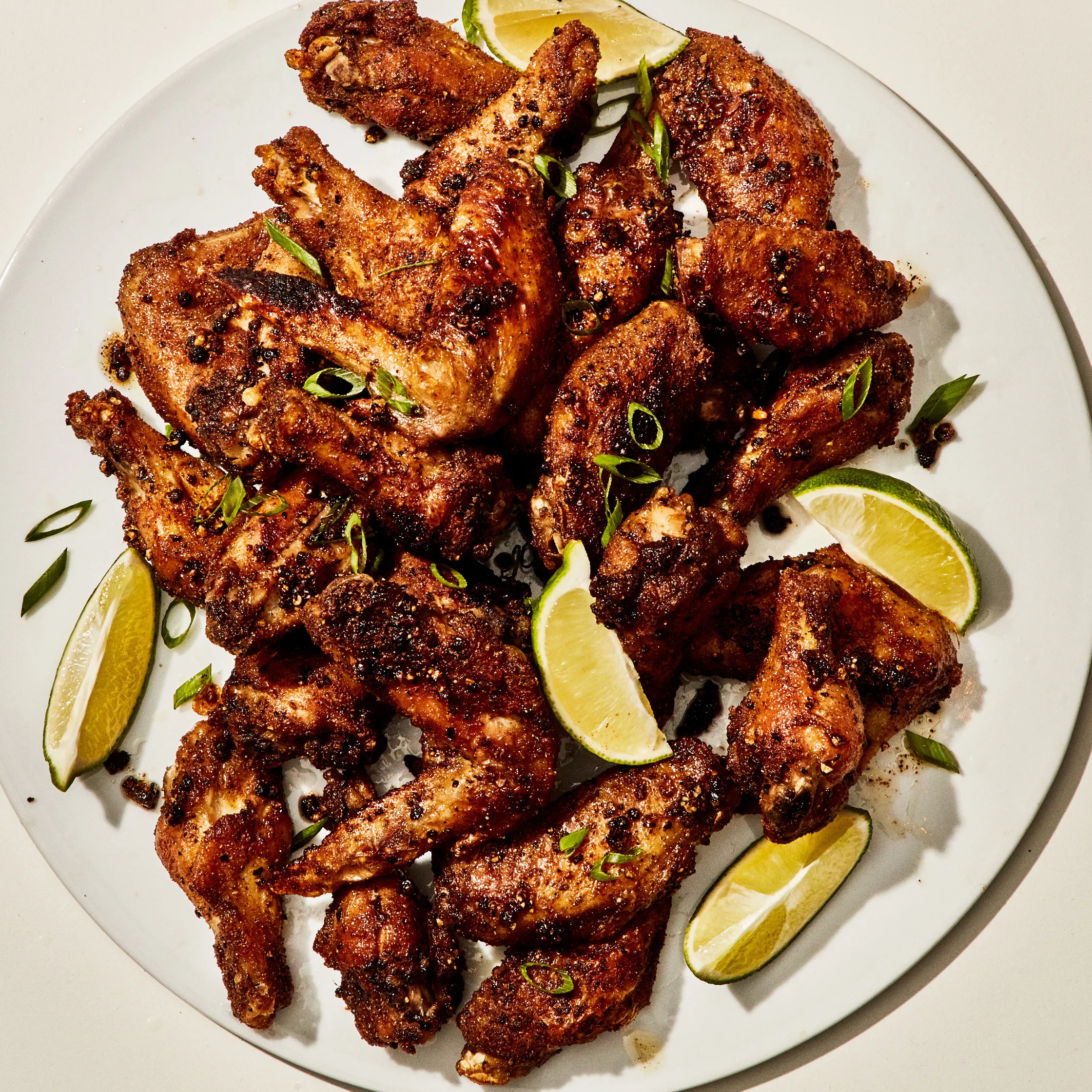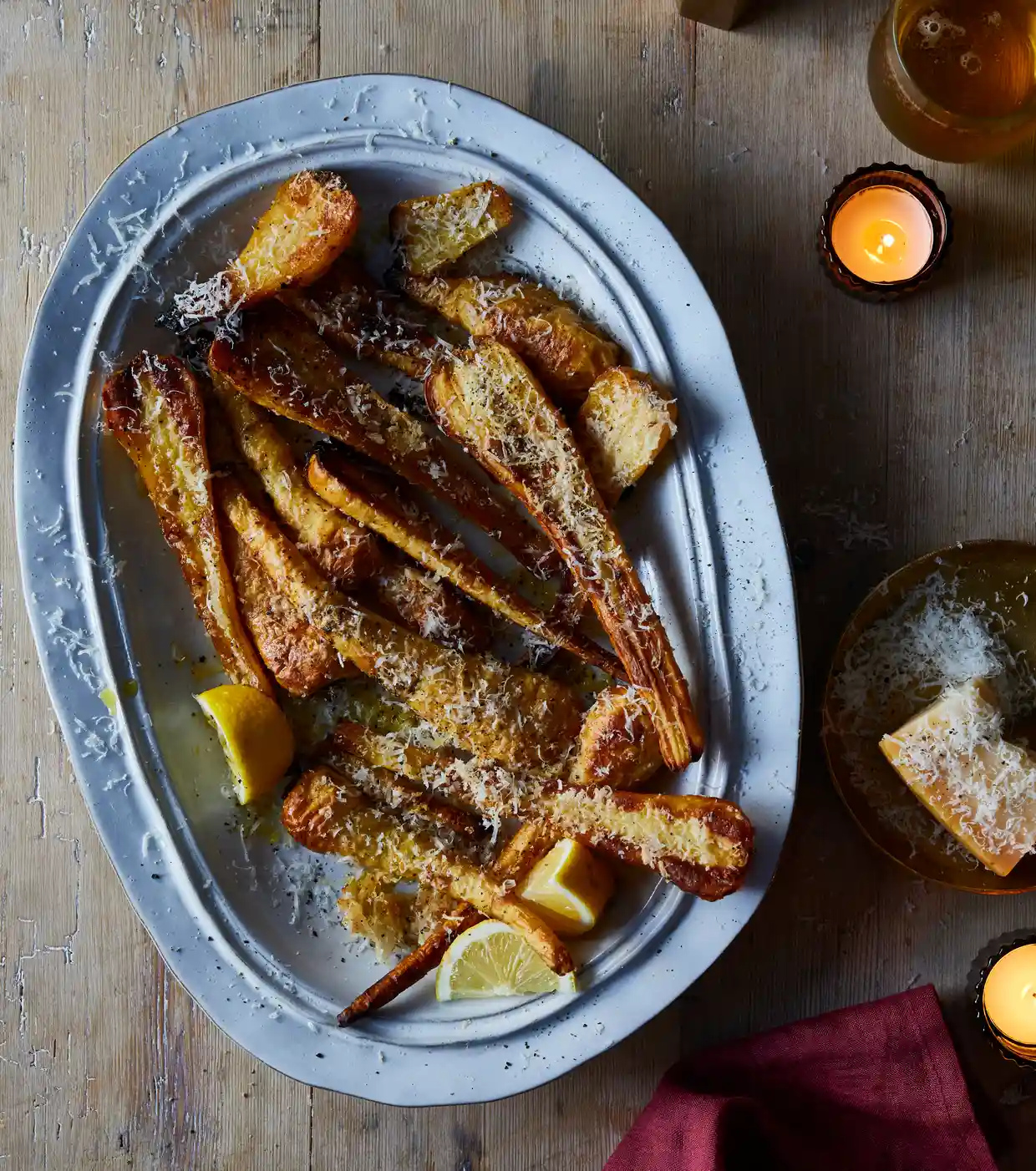Hot and crunchy - black pepper
- rosemary
- Nov 25, 2023
- 7 min read
"as with olive oil, salt and other basics we once considered boring, pepper is going gourmet." Jon Henley/The Guardian

"Hot beans on toast – any beans, with loads of black pepper – is one of my preferred fast things to eat." Rachel Roddy
Such is the fairly inconsequential quote that led me to ponder on black peppercorns as a topic for a post. It just shows that my inspirations come from here, there and everywhere, although inspiration is most often not really the appropriate word. Idea maybe.
"The world's most valuable although not most expensive spice" said Elizabeth David back in 1970 when green peppercorns were a novelty, that only gave them a footnote in her book Spices, Salt and Aromatics in the English Kitchen. Her words are still relevant in that the bulk of the peppercorns we consume are not expensive, but they apparently represent 20% of the world's spice trade - a fifth - with the bulk of it coming from Vietnam.

However, things are changing as my headline quote expresses, with provenance becoming more and more important and new kinds of peppercorns - such as these Indonesian long peppers being the latest.
"Perhaps the most striking is Indonesian Long Pepper, which the Observer food writer Nigel Slater recently described as "the most beautiful spice of all". It comes in long, catkin-like tails, with a strong, spicy but sweet and rounded flavour; it smells of freshly turned earth, nutmeg and cinnamon."
Although they are new to us, they might also be the oldest - the originals - as Charmaine Solomon surmises that these might have been the peppers which were so revered in Roman times that they were as valuable as gold and made up a large chunk of the ransom paid to the Visigoths after their sack of Rome, to make them go away. Be that as it may there is certainly a bit of snobbish provenance quoting amongst chefs and food writers these days with respect to pepper in all its forms.
Also as to the manner in which the pepper is prepared. When I was a child you bought pepper - almost entirely white pepper in powdered form in cardboard tubes with a plastic sprinkler on top. Black pepper was never seen. Then you started to get black pepper - but always ground. and packaged just like the white pepper. Restaurants had flashy grinders, which we could eventually buy for ourselves, and nowadays as well as a vast array of different peppercorns, you can also buy them already in a small grinder.
One of my favourite cooks, Nigel Slater is one of the worst when it comes to peppercorn snobbery - because he thinks a pepper grinder is not good enough either, and an electric spice grinder is described as "the curry-maker's equivalent of using a sledgehammer to crack a hazelnut?" No you've got to use a pestle and mortar:
"Crush a palmful of your plumpest black peppercorns in a pepper mill, then crack another little batch lightly but firmly with a pestle, or other heavy object. Now inhale. No contest, is there? The roughly crushed spice is more heady and has much deeper, more interesting things going on than the fine powder. And while the finely ground stuff is invaluable for balancing the seasoning of your supper - fine tuning, if you like - the roughly cracked pepper seems to have more depth to it and will add a textural contrast, too." Nigel Slater
Look - he's probably right and I certainly have used a pestle and mortar for pepper steak, mostly because you end up with larger grains, but mostly it's a hand-held grinder for me.
A few words on history and health before moving on to food.
"Hold a peppercorn and you have world history in your hand. Ancient India, Rome, the voyages of discovery, the Raj. Our earliest trade routes. A spice so precious it once paid ransoms. This fabulous flavour in Asian, African, European cooking. And yet somehow it has become this bland, uniform, everyday commodity." Tom Alcott/Peppermongers
It is indeed very ancient - they found some peppercorns in the nose of the mummy of Ramses II, which implies that it was a valuable spice. Dale Berning Sawa says:
"The reason it gets to plays centre court on the dinner table is simply that, of all the spices, it got there first."
Although actually it might be down to the French (see later).
If you have ever wondered what the Asians did for spice and heat before chillies were brought to the old world by Christopher Columbus then wonder no more, because it was pepper. There are indeed several 'classics' which feature black pepper and are still made today.

Black pepper crab is indeed said to be the national dish of Singapore. I doubt that you or I will ever make it, indeed one writer said that it's more likely to be eaten in a restaurant than at home, but still - if you want to give it a go the version shown here is from Tony Tan.
I found three more Asian black pepper dishes - two from China and one from Sri Lanka. Black pepper chicken from the family who write The Woks of Life say it is a Chinese/American dish, however it does seem to also be generally described as Chinese. Then there is Beef stir fry with honey pepper sauce from Nagi Maehashi of Recipe Tin Eats who says it is a standard Chinese restaurant dish, and the Sri Lankan Black Pepper Beef from Cynthia Shanmugalingam on the Food and Wine website. I'm pretty sure I have written about the Indian black pepper beef dish before.
Kerala, in the south of India is said to be the place of origin for the peppercorn and the word is said to be from the sanskrit pippali. Well the Greeks and Romans claim it too but their versions are so similar that I'm going to give it to the sanskrit. India, after all, is where the Romans got their peppercorns from. Of course in later times they were followed by the Arabs and all the colonial powers, most notably the British and Dutch East India Companies.
It's good for you too as it is rich in antioxidants, and is the catalyst for the benefits of turmeric. Anti-inflammatory and said to be good for many other things.

So what is the plant like, and how do we get the peppercorns?
"Black pepper is produced from the still-green, unripe drupe of the pepper plant. The drupes are cooked briefly in hot water, both to clean them and to prepare them for drying. The heat ruptures cell walls in the pepper, speeding the work of browning enzymes during drying. The drupes dry in the sun or by machine for several days, during which the pepper skin around the seed shrinks and darkens into a thin, wrinkled black layer. Once dry, the spice is called black peppercorn. On some estates, the berries are separated from the stem by hand and then sun-dried without boiling." Wikipedia
Green peppercorns are the unripe peppercorns and white peppercorns are the inside seed of the peppercorn.

And so to food and what today's recipe writers think we should do with it, and I have to say that some of their ideas are, as always, based on the traditional. I am going to ignore Pasta cacio e pepe, which I have written about before, and also steak au poivre, although I will mention Delia's variant - Braised steak au poivre, which I have tried and although it was indeed very tasty, I think I still prefer the basic steak au poivre, and here I turn to Robert Carrier.
So here are just a few things that I found that might be of interest.

The first of these is an Ottolenghi dish Black pepper tofu from his early book Plenty, which Deb Perelman of Smitten Kitchen modified and called Black pepper tofu and eggplant. It seems that the Ottolenghi version - being 'early' Ottolenghi had lots of ingredients and was a bit complicated:
"I don’t have three types of soy sauce. I can get them, theoretically, but I was feeling lazy about it. I was pretty sure five tablespoons of crushed peppercorns and eight thinly sliced red chiles would make my children run screaming from the room; 11 tablespoons of butter was a bit rich for my tastes." Deb Perelman

And so:
"I used one kind of soy sauce, a third of the butter, a tablespoon of black pepper, no chiles, I halved the tofu, added eggplant, and then I ultimately sheet pan-ed it." Deb Perelman
I suspect that Ottolenghi himself might have made it somewhat simpler today, but then again maybe not. Deb Perelman, however, thought, quite rightly, that, as long as one acknowledges what one is doing it's perfectly Ok to modify and make it your own:
"For the love of absolutely nothing holy, because this an internet recipe blog and not the 11th commandment, you are allowed to make every single recipe you come across any way you wish. Modify for the ingredients you have. Modify for the schedule you have or the free time you want. Modify for the nutrients you need. Recipes aren’t bibles; I am no goddess. I don’t find it annoying. I mean, we’re going to have to manage our expectations about the outcomes. Some changes work, some don’t, and we can talk about it," Deb Perelman
But I digress. What else did I find? On the savoury side I found: Crispy peppercorn chicken wings from Claire Saffitz; Roast chicken wings with lemon and black pepper from Nigel Slater, (well the picture is from a follower - Nigel had no picture) although generally speaking chicken wings were a popular choice, so maybe they are based on a classic dish from somewhere in Asia - I'm guessing Asia. Vegetables also got the treatment with Nigel's Spring cabbage with black pepper and cream (picture also from a follower) and Ottolenghi's Parmesan and black pepper roast parsnips.
I also found this rather tantalising mini recipe on a Reddit conversation:
"A Sicilian family I knew would spread a bread dough thin, cover it with caramelized onions and a ton of black pepper, roll that into a log, cut pieces from the log and make coiled loaves, they were amazing....anyone know what this is called?" LusciousDs/Reddit
Scaccia - or a variation thereof?
I'm guessing we all know by now that black pepper can also be used with sweet things - I'm sure we all know about black pepper and strawberries - any berries seems to be the general opinion, so just to expand the sweet selection, here are: Plum tarts with honey and black pepper from Bon Appétit and Black pepper pistachio shortbread from The Washington Post, not to mention a rather daunting sounding cocktail which includes a syrup made with 1/4 cup of peppercorns! - The Dalmatian mixed with vodka and grapefruit juice.
But why salt and pepper because it's not obvious?:
"In a nutshell: Salt makes food taste more like itself; black pepper makes food taste like black pepper. So why do so many people automatically follow a pinch of salt with a couple of cranks of the pepper mill?" Molly Baz/Bon Appétit
Well it seems it's all down to Louis XIV, by all accounts a picky eater who "didn't want seasonings to overpower the taste of his food" and his chef François Pierre La Varenne who thought of the pairing.
"The pairing was a smash hit because pepper was the only spice that complemented salt and didn't dominate the taste."
The salt was vital of course, because of the way it enhanced taste, and also for its preservative values.


















Comments